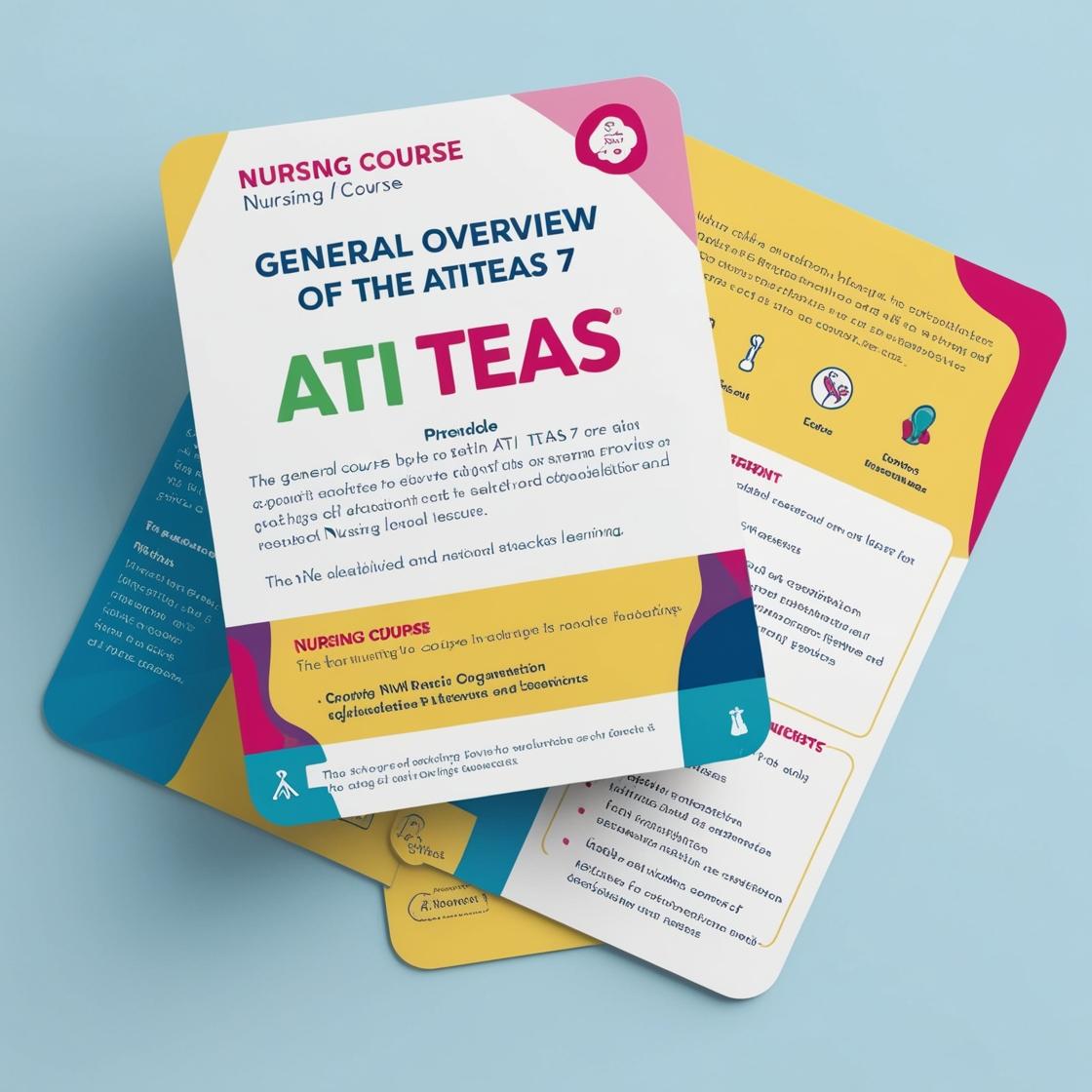ATI TEAS 7
ATI TEAS English Practice Test
1. Which word in the following sentence is a slang term?
- A. Digs
- B. Classical
- C. Totally
- D. Jarring
Correct answer: A
Rationale: The correct answer is 'A: Digs.' In this context, 'digs' is a slang term that means 'likes' or 'enjoys.' The other choices are not slang terms. 'Classical' is a music genre, 'totally' is an adverb emphasizing 'jarring,' and 'jarring' describes something that is shocking or unsettling.
2. In the sentence 'The very lively lady was riding a beautiful parade float,' what part of speech is 'lively'?
- A. Verb
- B. Adverb
- C. Adjective
- D. Noun
Correct answer: C
Rationale: 'Lively' is an adjective in this sentence as it describes the noun 'lady.' It is used to provide more information about the characteristics of the lady, indicating how she is lively. This makes 'adjective' the correct answer. The other options are incorrect: 'Verb' is a word that expresses an action or state of being, 'Adverb' modifies a verb, an adjective, or another adverb, and 'Noun' is a person, place, thing, or idea.
3. Which of the following suffixes denotes a state or quality?
- A. -ic
- B. -ness
- C. -ous
- D. -ful
Correct answer: B
Rationale: The suffix "-ness" indicates a state or quality, as seen in words like "happiness" (the state of being happy). Choice A, "-ic," typically denotes characteristics or qualities, such as in "heroic." Choice C, "-ous," often signifies the presence of a quality or relationship, like in "poisonous." Choice D, "-ful," usually means full of or characterized by, as in "beautiful." Therefore, the correct answer is B because it best fits the description of indicating a state or quality.
4. Which of the following best defines the word circumvent?
- A. To go around
- B. To go under
- C. To come near
- D. To come through
Correct answer: A
Rationale: The correct answer is A: 'To go around.' Circumvent means to find a way around an obstacle or to avoid something by cleverness or deception. Choice B, 'To go under,' is incorrect as circumvent does not involve going under something. Choice C, 'To come near,' is incorrect as circumvent does not mean to approach or get close to something. Choice D, 'To come through,' is incorrect as circumvent does not involve passing through something.
5. Which of the following sentences regarding thesis statements in the writing process is correct?
- A. Thesis statement wording should be as specific as possible.
- B. The written work should disprove the thesis statement.
- C. The thesis statement should appear only at the end of a paper.
- D. Supporting evidence is not needed when the thesis statement is an opinion.
Correct answer: A
Rationale: The correct answer is A. A thesis statement should be specific to provide clear direction for the paper and focus the argument. This helps guide the writing process and ensures that the paper stays on track. Choice B is incorrect because the written work should support and prove the thesis statement, not disprove it. Choice C is incorrect because the thesis statement typically appears at the beginning of a paper to introduce the main argument. Choice D is incorrect because supporting evidence is crucial in any thesis statement, regardless of whether it expresses an opinion or not.
Similar Questions

Access More Features
ATI TEAS Premium Plus
$150/ 90 days
- Actual ATI TEAS 7 Questions
- 3,000 questions with answers
- 90 days access
ATI TEAS Basic
$99/ 30 days
- 3,000 Questions with answers
- 30 days access
